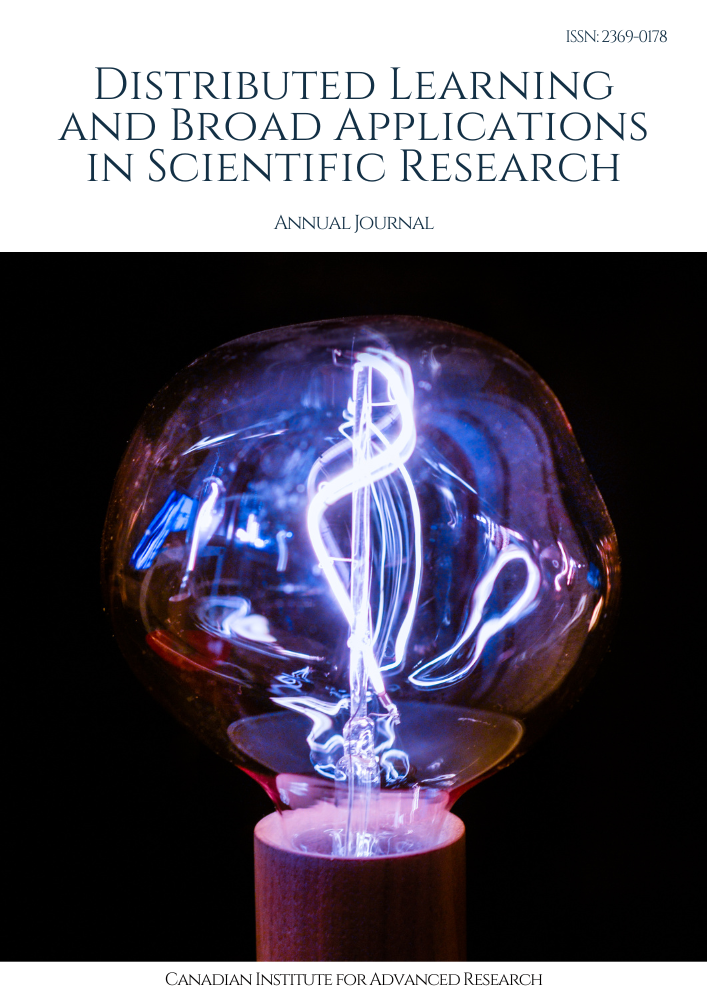AI-Enhanced Systems for Vehicle Fleet Telematics
Keywords:
Vehicle, Fleet, Telematics, AIAbstract
Vehicle fleet telematics optimizes fleet utilization by integrating telecommunications with monitoring systems. It is the union of two words: telecommunications and informatics. This helps to manage and monitor the installed systems on the newly managed vehicles effectively and efficiently, as these systems can be in constant communication with the control center or data center, and the data can be continuously monitored by the telematics applications. Efficient management leads to considerable cost reductions.
Telematics is a major engineering technological improvement and will enhance the safety, security, maintenance, and operation of modern transport systems, regardless of the origin, destination, and mode of travel. The focus in the last decade has been on incorporating vehicle fleet monitoring systems for timely decisions on incident detection, status monitoring, and location for safety or emergency tracking/communication, and, in some applications, collection of sensor data that includes automatic counting of passengers on public transit vehicles. Telematics is based on the following three components: GPS tracking devices, navigation software, and communication systems such as shortwave radio and satellite systems for communicating and transmitting to the control center. Telematics is experiencing rapid growth in order to collect, transmit, and interpret data from vehicle performance, location, speed, time, and diagnosis of possible issues or the after-execution of planned services. Modern operations find that immediate data analysis must be prioritized, or the position of the vehicle must be processed and updated in real time. Its services can be of enormous value to fleet operators who manage large and complex fleets. The service is not only to provide the right freight delivery on time and at a reduced cost, but also to rationalize the choice of carriers, to show, and allow tracking on the ship.
Downloads
References
Tamanampudi, Venkata Mohit. "Automating CI/CD Pipelines with Machine Learning Algorithms: Optimizing Build and Deployment Processes in DevOps Ecosystems." Distributed Learning and Broad Applications in Scientific Research 5 (2019): 810-849.
Singh, Jaswinder. "Deepfakes: The Threat to Data Authenticity and Public Trust in the Age of AI-Driven Manipulation of Visual and Audio Content." Journal of AI-Assisted Scientific Discovery 2.1 (2022): 428-467.
Machireddy, Jeshwanth Reddy. "Revolutionizing Claims Processing in the Healthcare Industry: The Expanding Role of Automation and AI." Hong Kong Journal of AI and Medicine 2.1 (2022): 10-36.
S. Kumari, “Kanban-Driven Digital Transformation for Cloud-Based Platforms: Leveraging AI to Optimize Resource Allocation, Task Prioritization, and Workflow Automation”, J. of Artificial Int. Research and App., vol. 1, no. 1, pp. 568–586, Jan. 2021
Tamanampudi, Venkata Mohit. "AI and DevOps: Enhancing Pipeline Automation with Deep Learning Models for Predictive Resource Scaling and Fault Tolerance." Distributed Learning and Broad Applications in Scientific Research 7 (2021): 38-77.
Downloads
Published
Issue
Section
License

This work is licensed under a Creative Commons Attribution-NonCommercial-ShareAlike 4.0 International License.
License Terms
Ownership and Licensing:
Authors of research papers submitted to Distributed Learning and Broad Applications in Scientific Research retain the copyright of their work while granting the journal certain rights. Authors maintain ownership of the copyright and have granted the journal a right of first publication. Simultaneously, authors agree to license their research papers under the Creative Commons Attribution-NonCommercial-ShareAlike 4.0 International (CC BY-NC-SA 4.0) License.
License Permissions:
Under the CC BY-NC-SA 4.0 License, others are permitted to share and adapt the work, as long as proper attribution is given to the authors and acknowledgement is made of the initial publication in the journal. This license allows for the broad dissemination and utilization of research papers.
Additional Distribution Arrangements:
Authors are free to enter into separate contractual arrangements for the non-exclusive distribution of the journal's published version of the work. This may include posting the work to institutional repositories, publishing it in journals or books, or other forms of dissemination. In such cases, authors are requested to acknowledge the initial publication of the work in this journal.
Online Posting:
Authors are encouraged to share their work online, including in institutional repositories, disciplinary repositories, or on their personal websites. This permission applies both prior to and during the submission process to the journal. Online sharing enhances the visibility and accessibility of the research papers.
Responsibility and Liability:
Authors are responsible for ensuring that their research papers do not infringe upon the copyright, privacy, or other rights of any third party. Scientific Research Canada disclaims any liability or responsibility for any copyright infringement or violation of third-party rights in the research papers.
If you have any questions or concerns regarding these license terms, please contact us at editor@dlabi.org.



